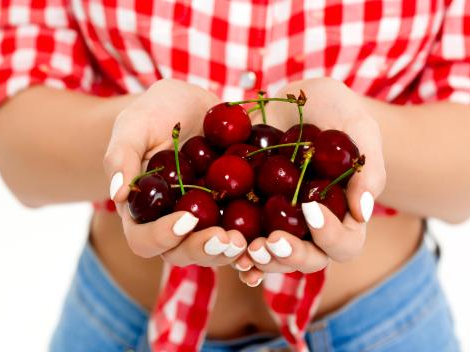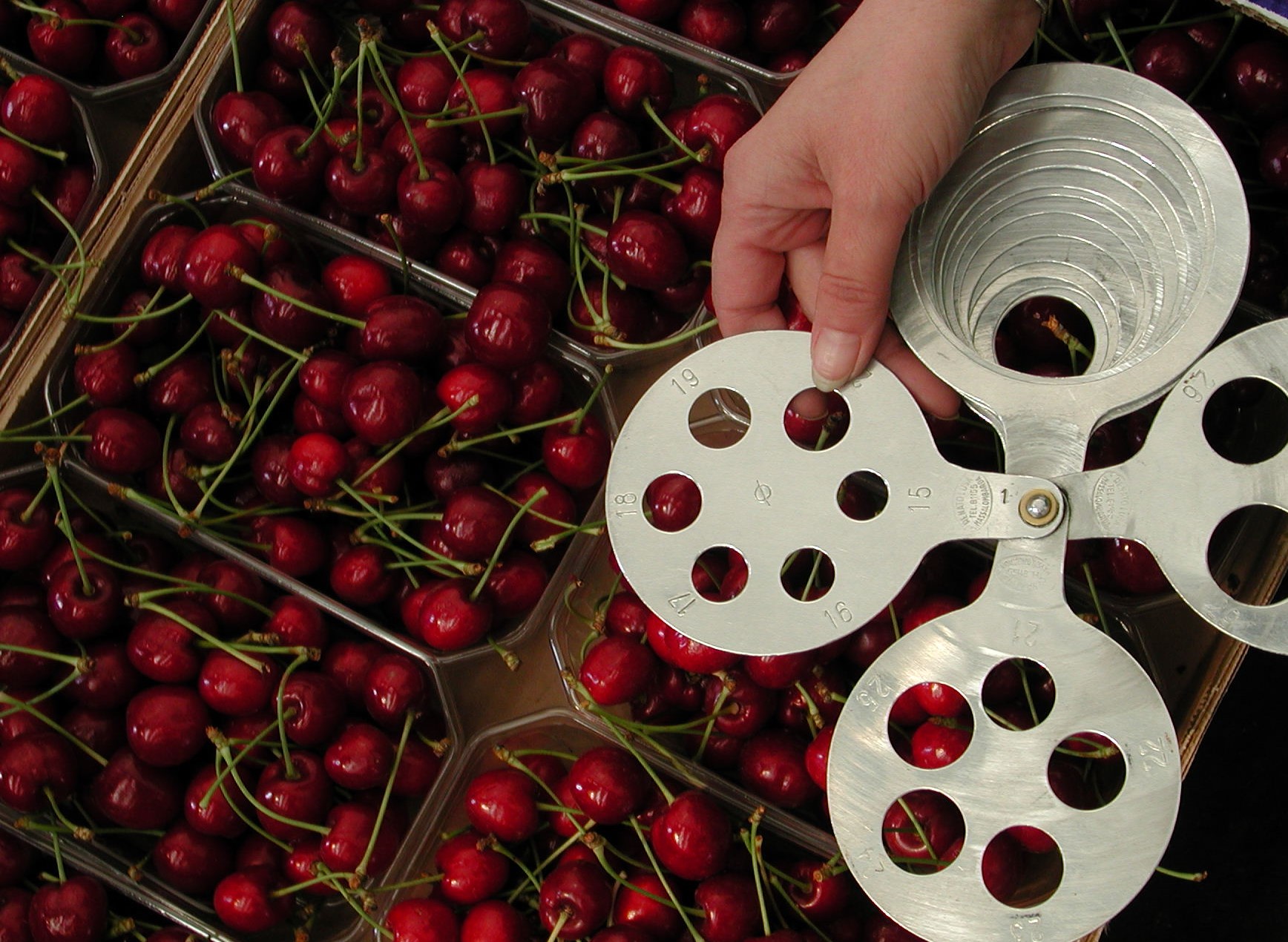A major breakthrough for European agriculture: researchers from Wageningen University & Research (WUR) have begun the first controlled releases of Ganaspis kimorum, a tiny wasp from Asia, in the Netherlands to combat the spread of Drosophila suzukii, an invasive fruit fly that has been troubling fruit growers for years.
Natural biocontrol: Ganaspis kimorum arrives
Since spring 2025, entomologists at WUR have started introducing specimens of the wasp Ganaspis kimorum in selected central areas of the Netherlands. This insect, imported from Switzerland and reared in laboratories in Randwijk, is a natural enemy of Drosophila suzukii in its Asian habitats.
The first releases were carried out in environments rich in wild blackberries and ripe fruits, ideal habitats for suzukii larvae.
The goal is for the wasps to reproduce inside the larvae of the fly and gradually spread, contributing to a natural reduction in the parasite population.
The plan includes gradual releases until 2026 in different parts of the country.
A long preparation and strict authorization
As Herman Helsen, one of the researchers involved, emphasizes, the release of non-native insects is subject to strict regulations.
Before approval, which came in early 2025, Ganaspis kimorum underwent extensive studies in Switzerland and other countries to ensure ecological safety: the wasp exclusively attacks suzukii larvae and does not harm native species.
A global problem from Asia
Originally from the Far East, Drosophila suzukii arrived in Europe in 2008, brought by the fruit trade. It was first detected in the Netherlands in 2012.
Unlike common fruit flies, which feed on rotten fruit, suzukii lays its eggs in intact fruits such as cherries, strawberries, and raspberries.
The larvae develop inside the fruit, making it inedible.
The Dutch climate, humid and with mild winters, has supported rapid proliferation, turning suzukii into one of the main threats to fruit growing.
A tailor-made weapon for an elusive prey
European wasps are not able to effectively counter this fly: they search for their prey on the ground, where local species' larvae are found.
But suzukii larvae develop in fruits still hanging on the plants, inaccessible to native wasps.
Additionally, they possess an immune system capable of neutralizing the eggs of European wasps.
Ganaspis kimorum, on the other hand, is perfectly adapted: it actively searches for ripe fruits still on the plants, detects the larvae inside using its antennae and ovipositor, and lays its eggs there.
The result? The suzukii larva is transformed into a cocoon from which a wasp, not a new fly, will emerge.
Adaptability and future prospects
Researchers hope that Ganaspis kimorum will manage to survive in the Netherlands even during winter, thanks to the climatic similarity to its Asian native regions.
Releases are being carried out in locations where the constant presence of ripe fruit ensures a stable suzukii population.
In the coming months, the ability of the wasp to establish itself and its impact on fly population dynamics will be monitored.
A step forward toward more sustainable agriculture
“It’s not a miracle solution, but a significant breakthrough,” says Helsen. “Drosophila suzukii has been able to expand globally due to the lack of natural enemies. In the Netherlands, there are over 50 host plants, making control extremely difficult.”
With the introduction of Ganaspis kimorum, the goal is to reduce population growth and thus the pressure on fruit cultivation.”
WUR is already working with the company Koppert to explore the possibility of rearing these wasps on an industrial scale, efficiently and affordably.
Their direct use in orchards could become a key component of integrated pest management, as is already successfully done in greenhouses for other crops.
Source: nfofruit.nl
Image source: NFO
Cherry Times - All rights reserved












